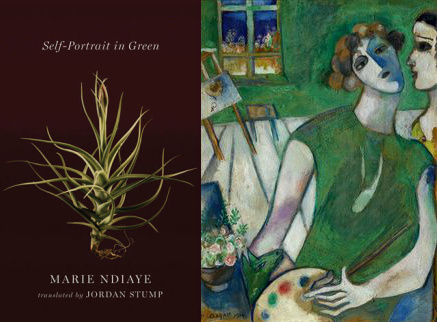Let me talk about selfies.
Are you annoyed yet? I promise this isn’t a curmudgeonly thinkpiece about millennials; nor is it a listicle written by said millennials in defense of the selfie.* No, I’d like to talk about self-portraiture, which became conceivable as soon as mirrors and other reflective surfaces were available. (Narcissus may have enjoyed his reflection in antiquity, but he wasn’t real, and pools of water are never that smooth). The idea here is objectivity. A stable you that you can see.
Even without gadgetry (mirrors, glassy ponds, cameras et al)—I don’t think a selfie is a foray into solipsism. More the opposite: the way the self-it-self has been constructed is a result of the litany of selves surrounding it. We adjust to resemble, even when affirming our individual self-ness. Every selfie (can we say “self-portrait” now? I’m sorry!) exists as an algorithmic product of the selves around it, which, through refraction and contortion, inform whatever “self” is portrait-ed. This is true even sans Instagram.
This, at least, is my hypothesis after reading Two Lines Press’ 2014 publication, Self Portrait in Green, by French writer Marie NDiaye and meticulously translated by Jordan Stump. The slender novella is written in the first person against the stark relief of an ominous threat, one of a flood that is slated to destroy the village the narrator inhabits, by 2003. Through a series of recollections, Self Portrait in Green navigates a universe of threat, both environmental and interpersonal, through an interconnected series of engagements the narrator litanies against women afflicted by the color green. READ MORE…

